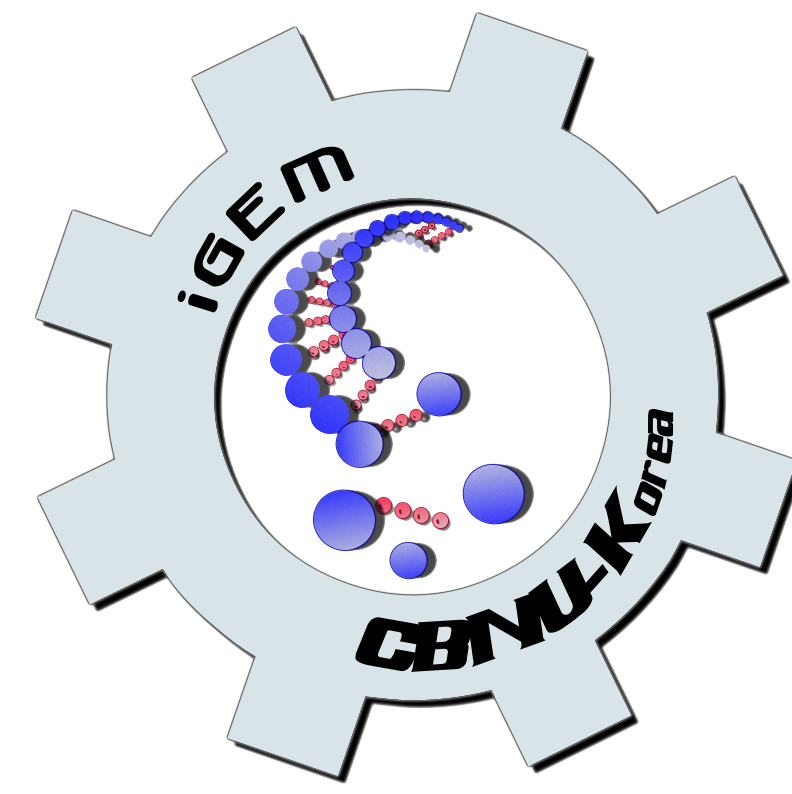Team:uOttawa/Project
From 2009.igem.org
| Line 42: | Line 42: | ||
<h2>Overall project</h2> | <h2>Overall project</h2> | ||
| - | <p> | + | <p>With more and easier access to high-calorie |
| + | foods the worldwide prevalence of obesity has | ||
| + | been on the rise in the past quarter century. In | ||
| + | Canada alone, the average rate of obesity has | ||
| + | doubled from 1979 to 2004, and approximately | ||
| + | 23% of Canadian adults are obese (As estimated | ||
| + | by Statistics Canada). Obesity is typically | ||
| + | associated with many adverse health conditions | ||
| + | and puts an enormous strain on the public | ||
| + | healthcare system. Our goal is to engineer a | ||
| + | strain of Lacobacillus to express the enzymes | ||
| + | required for the synthesis of cellulose from glucose | ||
| + | in an attempt to reduce the caloric intake | ||
| + | of obese individuals. Cellulose is a polymer of | ||
| + | linked D-glucose units that cannot be digested | ||
| + | by humans. Lactobacillus is a strain of bacteria, | ||
| + | which is commonly used to make yogurt, | ||
| + | cheese, beer and other fermented foods, and | ||
| + | is in fact part of the natural human gut fl ora. | ||
| + | The idea would be to have an obese individual | ||
| + | ingest yogurt containing our engineered strain | ||
| + | of bacteria as a probiotic. That way after they | ||
| + | have consumed their meal, a portion of the | ||
| + | glucose from the meal would be converted into | ||
| + | cellulose in the intestines, effectively reducing | ||
| + | their caloric intake. | ||
</p> | </p> | ||
<h2>Project Details</h2> | <h2>Project Details</h2> | ||
Revision as of 00:26, 12 October 2009
uOttawa IGEM2009
Overall project
With more and easier access to high-calorie foods the worldwide prevalence of obesity has been on the rise in the past quarter century. In Canada alone, the average rate of obesity has doubled from 1979 to 2004, and approximately 23% of Canadian adults are obese (As estimated by Statistics Canada). Obesity is typically associated with many adverse health conditions and puts an enormous strain on the public healthcare system. Our goal is to engineer a strain of Lacobacillus to express the enzymes required for the synthesis of cellulose from glucose in an attempt to reduce the caloric intake of obese individuals. Cellulose is a polymer of linked D-glucose units that cannot be digested by humans. Lactobacillus is a strain of bacteria, which is commonly used to make yogurt, cheese, beer and other fermented foods, and is in fact part of the natural human gut fl ora. The idea would be to have an obese individual ingest yogurt containing our engineered strain of bacteria as a probiotic. That way after they have consumed their meal, a portion of the glucose from the meal would be converted into cellulose in the intestines, effectively reducing their caloric intake.
Project Details
Results
| You can write a background of your team here. Give us a background of your team, the members, etc. Or tell us more about something of your choosing. | |
|
Tell us more about your project. Give us background. Use this is the abstract of your project. Be descriptive but concise (1-2 paragraphs) | |
| Team Example 2 |
| Home | The Team | The Project | Parts Submitted to the Registry | Modeling | Notebook |
|---|
(Or you can choose different headings. But you must have a team page, a project page, and a notebook page.)
Contents |
Overall project
Your abstract
 "
"

